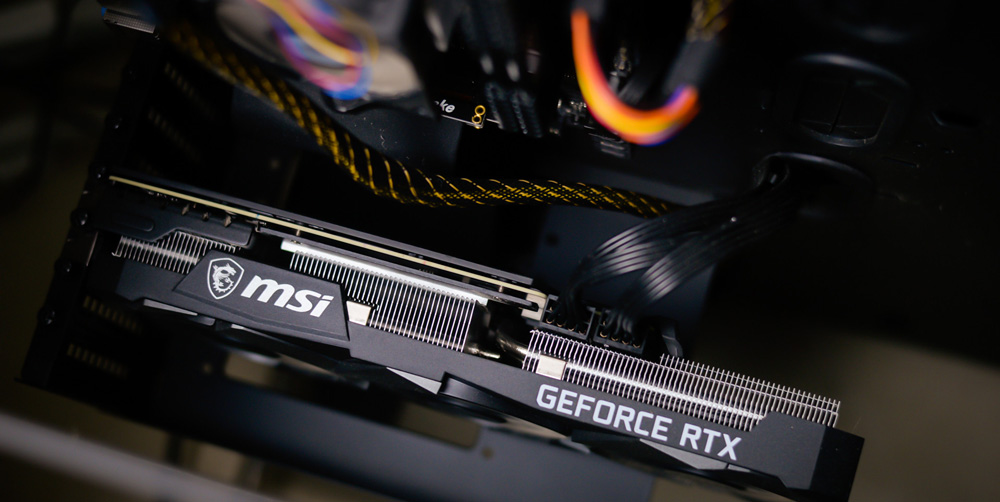There are more guidelines to follow for electric vehicles if you don't have a driveway or carport.
WASHINGTON — As the popularity of electric vehicles (EVs) surge across the United States, it is no surprise that D.C. residents are also hopping on the trend.
But living in a city poses a unique challenge for car owners: few residents actually live in homes with driveways, which means street parking is just the norm for many.
For EV owners, the inconvenience of simply finding a parking spot becomes more stressful when you add charging cables into the equation: finding an appropriate place to park and charge can be the difference between making your commute or waking up to a nearly-empty battery.
THE QUESTION:
What type of EV charging is allowed under D.C. Law?
THE SOURCES:
THE ANSWER:
If you have a driveway, you can charge your vehicle with virtually no concerns and use either a Level 1 or Level 2 charger.
If you rely on street parking, you can only use a Level 1 charger, must have your cables run perpendicular to streets and roads and use a cable ramp to cover the cord.
WHAT WE FOUND:
First, let’s break down the different types of charging options for EV owners, since you’ll need to figure out which one is best for you depending on your parking situation.
According to the Department of Energy, Level 1 chargers are the most accessible but slowest of your options: all you need is the cord and a regular wall outlet, but it can take upwards of one day to fully charge your car, depending on what type of vehicle you own.
Level 2 chargers come as wall mounts that can typically charge your vehicle overnight. Many EV owners choose to get one installed at home, and they’re increasingly becoming more common in parking lots and garages.
Finally, Level 3 chargers are the fastest of the chargers, and they are not compatible with all EV models. You’ll typically only find them at commercial or industrial sites since their installation is difficult and expensive.
In D.C., your parking situation determines whether you can use a Level 1 or Level 2 charger.
You’ll have the most flexibility if you have a driveway or carport on private property. The DC Department of Regulatory Affairs told us that the agency is “responsible for the issuance of building permits, including electrical permits for the installation of electric vehicle charging stations.”
This means that as long as you obtain the proper paperwork through a licensed electrician, you can install a Level 2 charger on private property to charge your EV parked in a driveway or carport.
If you don’t want to pay the permit and installation fees for a Level 2 station, it’s also perfectly legal to use a Level 1 charger, which do not carry any regulations so long as they are kept on private property.
For those of you that rely on street parking: the situation is more complicated.
First off, you should forget about getting a Level 2 charging station. Curbs and sidewalks are public property, and private residences are not allowed to finance the installation of curbside Level 2 charging stations, according to DDOT. The department says most curbside grids do not have the capabilities to power a Level 2 charger without “expensive and complicated” updates.
If you are adamant about getting a street charger in front of your home, you can technically petition your ANC to support your bid, and then have a licensed vendor – like a developer company or a charger manufacturer like Tesla – apply for the installation of the charger, but DDOT adds that any curbside charging station would be a public good and not exclusively for personal use.
While you could install a Level 2 charger on your private property, you would not be able to use it because DDOT prohibits Level 2 cords from crossing sidewalks and streets.
Your only option is using a Level 1 charger connected to an outlet that crosses the sidewalk or street, but that means you’ll need to follow various regulations set by DDOT.
Perhaps the two most important are the direction of the cord and using a ramp cover. The cord must run perpendicular to the street and sidewalk, meaning your vehicle has to be parked in a pot relatively in front of your residence, not too far up or down the street.
You’ll also need to check the appropriate type of cord ramp or cover to get for your cable, all the details of which can be found by clicking on this link.
And while some residents have tried to make things convenient for pedestrians by looping the cables over tree branches, DDOT said that this is not allowed unless you get a permit.
So, we can verify, charging your EV on a residential street is allowed, but you need to make sure you’re following the proper guidelines to safely do so.


















 English (United States) ·
English (United States) ·